Welcome, my lovely readers, to Punished Notes, Volume 30! I can’t believe I’ve actually done 30 of these silly things! For this special edition, I’ve decided to jot down 30 total notes, mostly covering Street Fighter 6 and some other new releases, but also with references to a couple of indies and an old TV show I’m watching that holds up better than it should.
At this time, I want to thank all the other writers at The Punished Backlog for making this site the special place it is; David Silbert, for bringing me in years ago; and all my readers, including my mom who always shares my blogs on Facebook without really knowing much about games at all. Let’s see if we’ll get to Volume 60 at some point!
Street Fighter 6 Notes
-I’ve heard a lot of people say that fighting games have made somewhat of a comeback in recent years, particularly with the more fleshed-out story modes of recent Mortal Kombat titles and the growth of esports. For the most part, I’ve been skeptical of this so-called renaissance, since the games themselves have mostly felt like scaled-up versions of all-too-familiar experiences that cater way too much to competitive audiences (and, of course, are riddled with microtransactions).
That said, Street Fighter 6 has made me a believer in this new era of fighting games, with its innovative approach to control setups, delightful art style, and excellent (and diverse) roster of playable fighters. The game strikes the perfect balance between being welcoming to new (or, like me, not very good) players and competitive enough for long-time veterans, and that’s something I can’t honestly say about any major new fighting game in years.
-More than anything else, Street Fighter 6’s modern control scheme is the big difference-maker for me. I’ve always enjoyed this franchise, but I always hit a skill ceiling fairly early, especially with new fighters. With this newer (and, to be clear, optional) control scheme, which simplifies specials to a single button and makes certain combo inputs much easier to understand, I now feel capable (and even confident) in online play. I’m even excited to try out every fighter, especially ones whose move sets might be too complicated with classic controls. Byzantine controls in fighting games can create a barrier for new and casual players, and I’m delighted that the latest Street Fighter has managed to shatter that barrier without taking anything away from competition junkies and esports cosplayers.
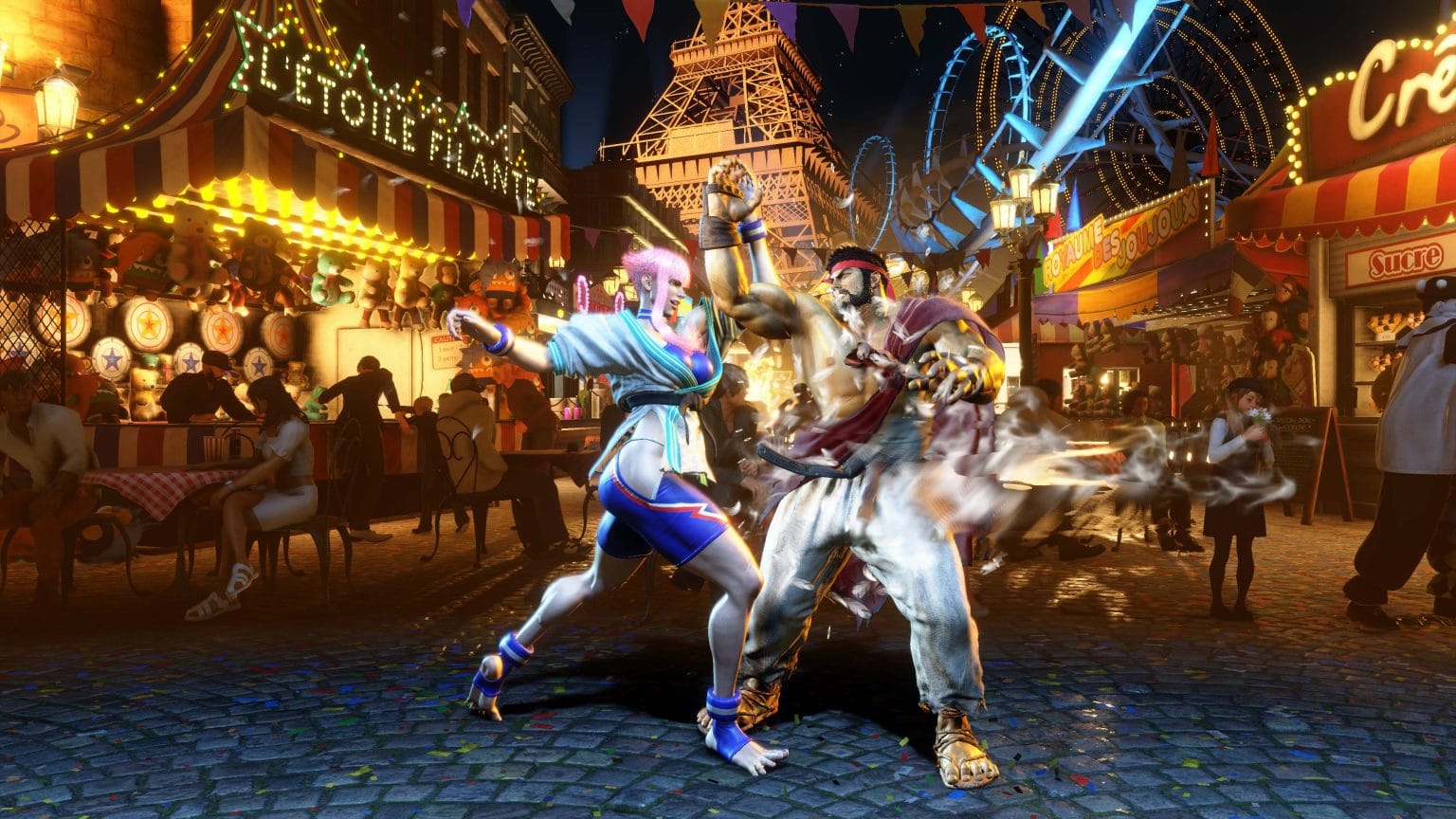
–SF6 evolves the language of the Street Fighter series not just through its controls, but through its updated visual style. The splash of paint after each successful counter-attack perfectly matches the vibrancy of each character’s design, as well as their unique style of combat.
-World Tour mode has its moments, especially with all the Final Fight references and lighthearted vibes, but overall it’s nothing special and something I’ve largely ignored. I do appreciate the fighter customization options, though, especially the option to mix and match special moves from a variety of Masters.
–SF6 might be one of the biggest “bounce back” titles I’ve ever played, certainly after the largely forgettable Street Fighter V. I thought I had completely lost interest in the series after V’s cromulent but mostly lackluster offerings, but I’ve been proven wrong, which happens too much to me these days. 6 might honestly be my favorite game in the whole damn franchise.
-I understand why Luke is the first Master in World Tour mode, because he’s a pretty standard fighter with easy moves to understand, but why the hell is he on the cover by himself? Of all the incredible fighters available, Capcom picked the blandest white dude who’s not even a new character?
-I love that the Arcade mode stories range from Juri’s Kill Bill-style revenge tale to E. Honda just wanting to find a good place to build a restaurant, but for some reason he has to fight people in every city to do that.
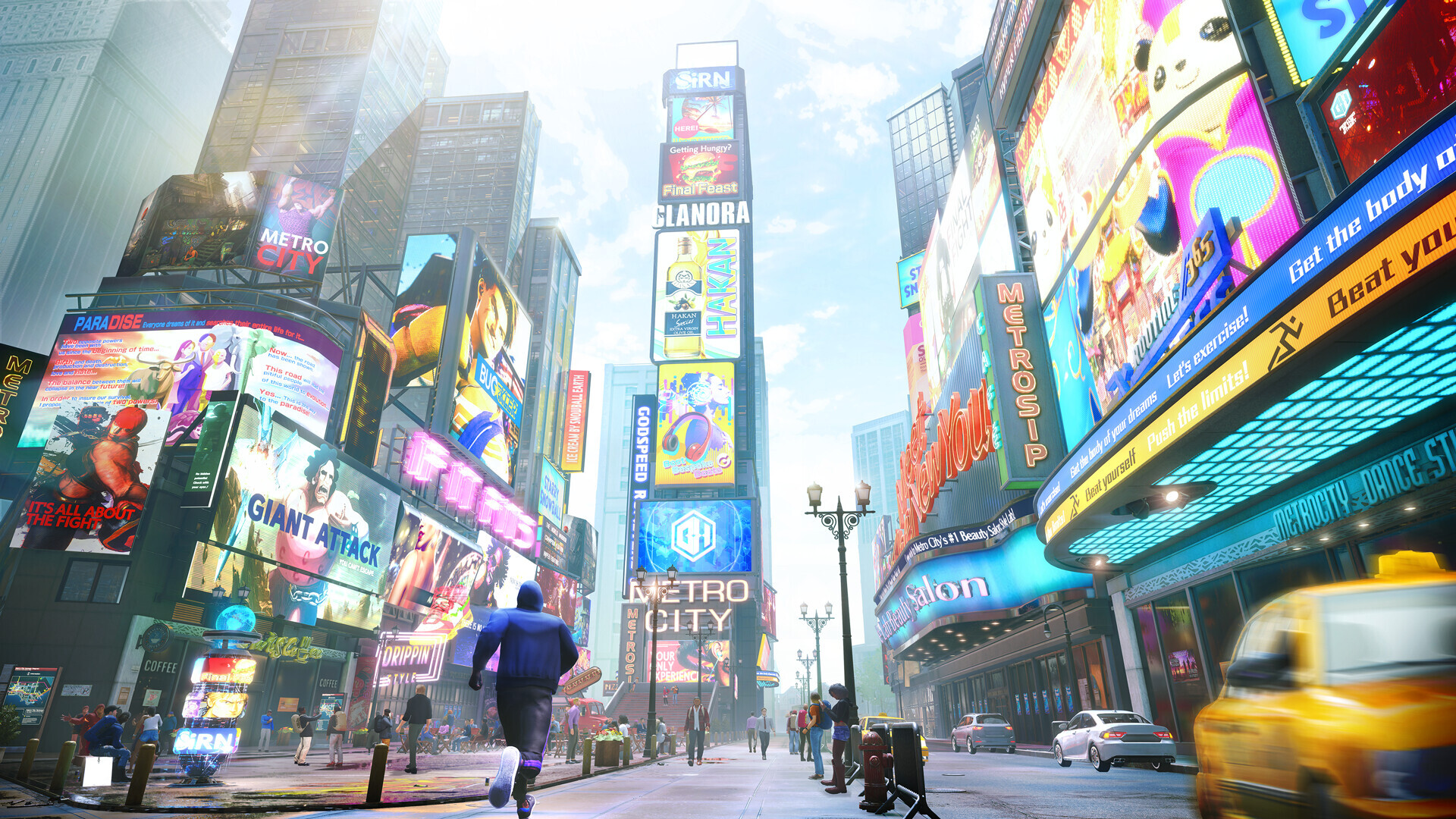
-The art style is fantastic, since it’s photorealistic but still maintains a level of absurdity through massive hands/feet and ridiculous body movements and contortions.
-This is the first SF game I’ve ever played where I actually stand a chance playing online, and not just because of the updated controls. I truly, honestly believe Capcom’s balanced out this roster nearly perfectly, to the point where I don’t think any loss I’ve incurred has been due to weird fighter matchups. I still struggle online against Lily and Kimberly, but that might just be a me thing.
-Favorite old fighter: Ken. Favorite new fighter: Marisa (“That was a BEAUTIFUL fight!”).
-One of my favorite little details? The classic arcade cabinets you can play in the Battle Hub. I’ve mostly avoided the Hub, since you can do online matchmaking without it, but I visit every now and then just for a chance to play Final Fight or Mega Man: The Power Battle for a few minutes.
-I still hate Zangief. Fuck that guy.
More The Legend of Zelda: Tears of the Kingdom Notes
This section contains spoilers for Tears of the Kingdom. If you would like to avoid those, please skip to the next section on Star Wars Jedi: Survivor.
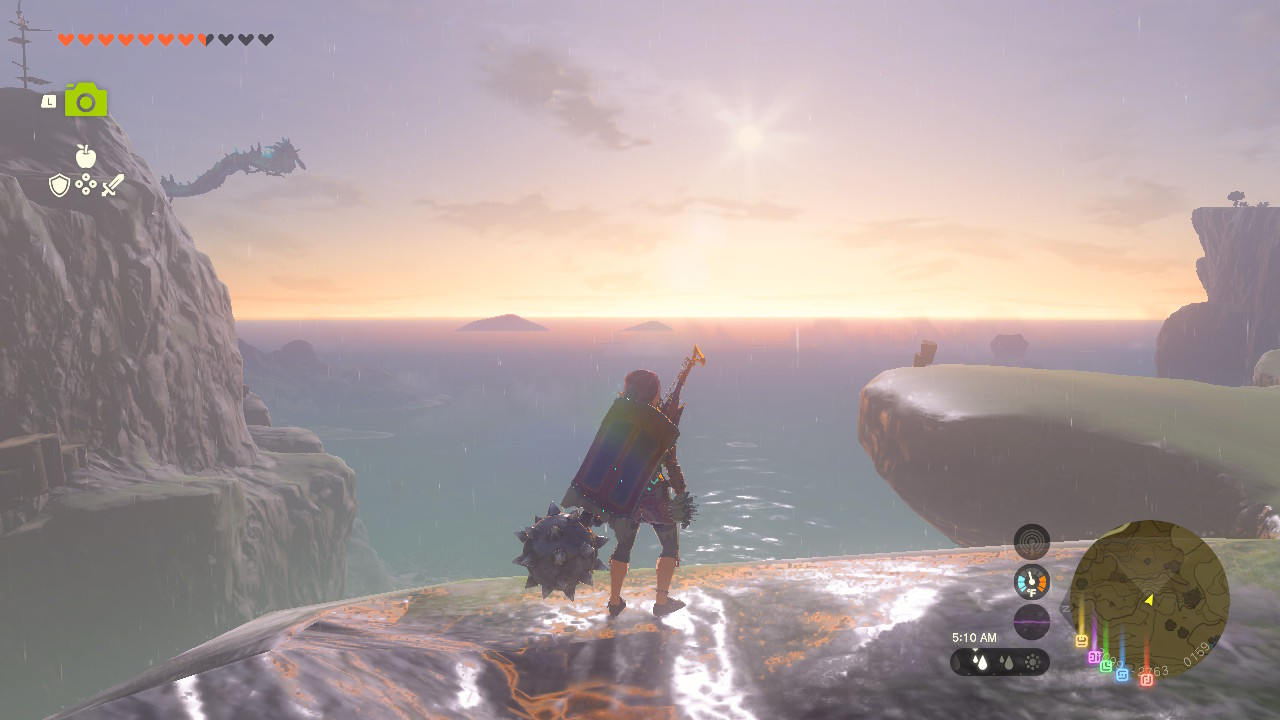
-The twist with Zelda turning into a dragon to restore the Master Sword might be the most beautiful and devastating thing I experienced from any Zelda game and resulted in what might be the best “Link gets the Master Sword” sequence in the whole franchise.
-The final Ganondorf fight was incredible, as it legitimately felt like it tested the player’s skills and creativity in many regards, particularly the player’s dodge and parry abilities. Plus, the final set piece with Ganondorf as a dragon, though extremely easy, might have been my favorite final Ganon form in the whole series.
-My favorite set of side quests so far has to be the Stable Trotters musicians quests, since they highlight the things that make The Legend of Zelda as a series stand out from most fantasy games: creative puzzle solving, music as a mechanic, and a tinge of horniness from large fairy women.
-I’ve reached a point with Tears of the Kingdom dozens of times where I thought, “OK, I think I’m done for a while,” only to come crawling back maybe a day or two later. No other game has had quite this magnetic pull on me before, not even Breath of the Wild.
-I’m still not sure where I’d rank TOTK in my overall Zelda games list, but at this point of time, it’s no lower than third. Ocarina of Time and A Link to the Past might just be the top two forever in my book.

Star Wars Jedi: Survivor Notes
–Jedi: Survivor is mechanically better than its predecessor, Jedi: Fallen Order, in nearly every way, but I’m not sure its narrative is quite as compelling. Sure, Cal is a more well-defined character in Survivor, but the overall plot isn’t quite as sharp or as direct as I had hoped.
-The added side quests are a nice touch, but after a while I just stopped caring about them. This is typically what happens when you present a story with fully linear progression and then ask the player to care about all these little other things.
-Much like in other recent gaming treasures, adding a grappling hook REALLY makes a difference in the minute-to-minute enjoyment of the experience.
-To be honest, as much as I enjoyed Survivor, it’s so clearly inferior to Tears of the Kingdom (which released just two weeks after Survivor) that I barely even think about it anymore. I don’t think I’ve ever gone from “loved this!” to mostly forgetting about something quite so rapidly.
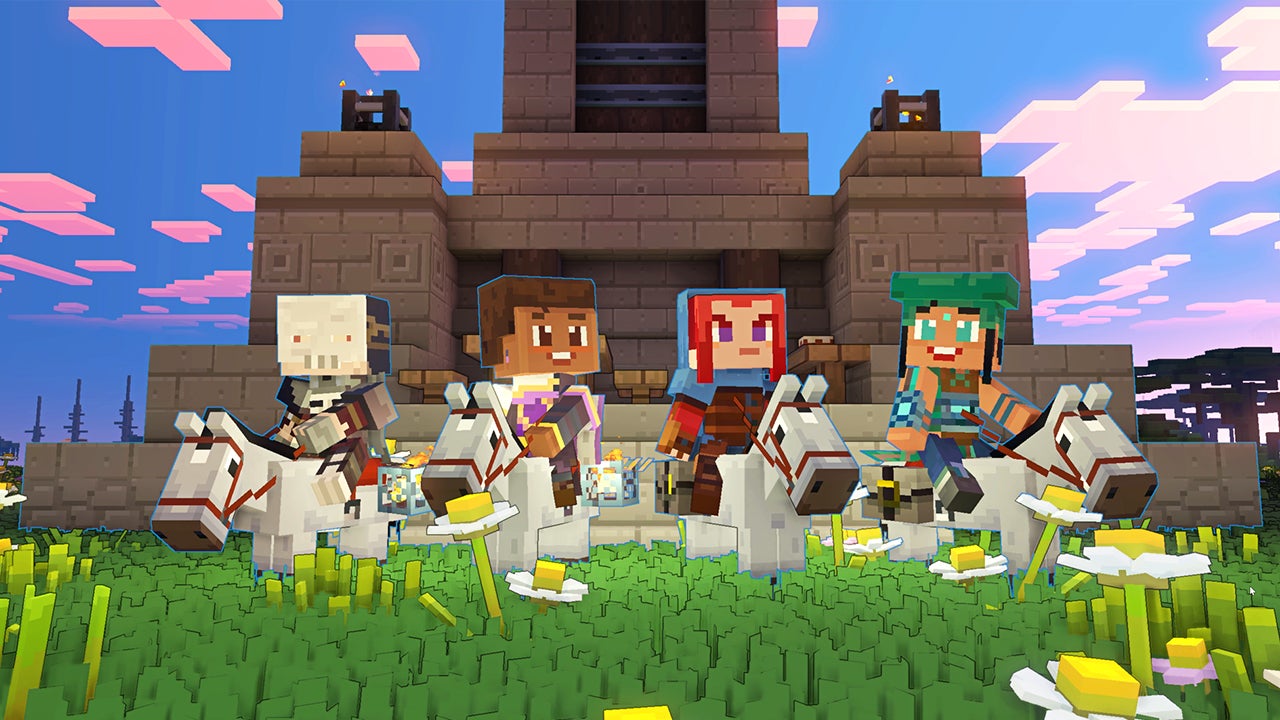
LIGHTNING ROUND!!!!!!!!!!!!!!!!!!!!!!!!!!!!!!
-I’m already hearing gamers discuss 2023 as potentially the best-ever year of gaming, and I completely understand why. I still just think that, despite the already excellent lineup of releases we’ve seen, we need to let a few years pass before determining just how important or long-lasting these games will be.
–Planet of Lana is a cute 2D non-verbal puzzle platformer, much like Inside and Limbo, but isn’t nearly as interesting as either of them. Some of the puzzles can be obtuse, the stealth sections are largely unoriginal, and its beautiful art style isn’t good enough to overcome largely bland environmental design.
–Minecraft Legends might win the (fake) award this year for Most Cromulent Game. It has great visuals, solid crafting and RTS-lite mechanics, and some genuinely great cutscenes. Its campaign, however, isn’t well-balanced, the (very pretty) overworld doesn’t have all that much in it, and every main mission feels largely the same. Overall, it’s a nice idea that’s mostly well executed, though not something I see myself returning to in the future.
-The scale and cadence of Halo Infinite’s post-launch content drops have been disappointing, to say the least, but what 343 Industries actually have added is very good and brings me back every time, at least for a play session or two. Every new map and multiplayer mode the studio adds is worth the time, though such additions remain few and far between.
–Kirby: Return to Dream Land Deluxe highlights why this series continues to have broad appeal: Nearly every game in the franchise presents an easy, carefree experience but doesn’t infantilize the player. There are no endless tutorials, every enemy actually does damage, and every level contains real hazards, even if they’re easily avoidable. Sure, death is fairly rare in Return to Dream Land, and you can just float past every roadblock, but there’s plenty of depth with each copy ability and enough secrets and collectibles to elevate the experience beyond just being a kid’s toy.
-Another note on Kirby: I was skeptical of the cel-shaded art direction at first, but it really does shine on the Switch, even at times looking like one of the prettiest games on the platform. It serves as a good reminder of the number of ways developers can manipulate different visual styles to get the most out of underpowered hardware.
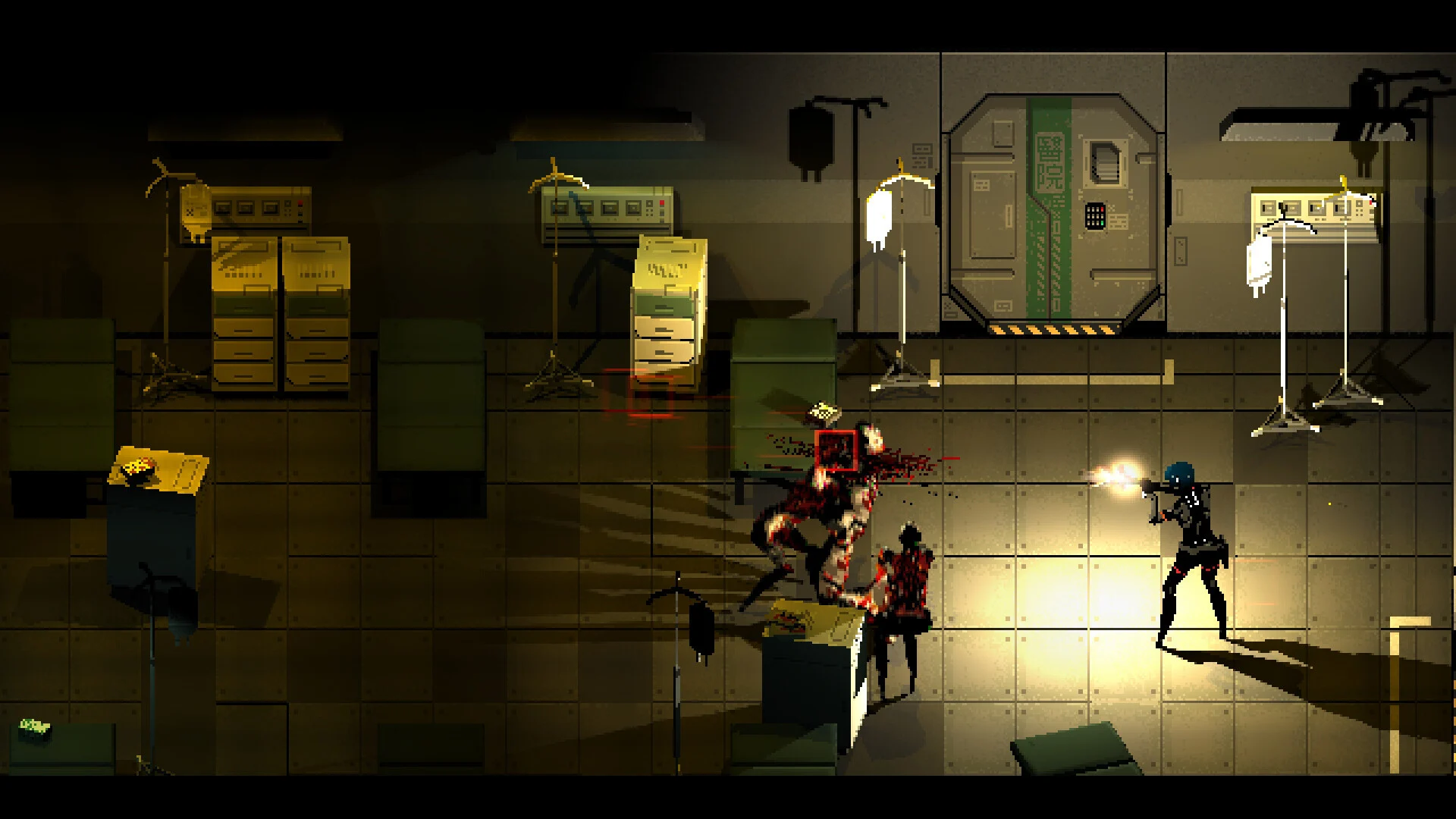
–Signalis has some truly terrifying (and brilliant) environmental design, and I love the PS1-era art direction, but I think the clunky tank controls—intentional as they may be—make the whole experience frustrating in key moments. Maybe I have little appreciation for this style because I didn’t play the old Resident Evil games, but it’s clear why this form of gameplay has largely been phased out.
-Interestingly enough, my favorite parts of Signalis are the sudden (and unexpected) cuts to a first-person perspective. I’m not sure yet why the game does this narratively, but I generally like it when a change in the player’s viewpoint forces them to see the game’s world differently.
-I’ve been binging The West Wing recently, and I’ve got to say: It holds up FAR better than I had imagined. Prior to watching the show, I was worried the political discourse of the early aughts would seem foreign to a modern viewer, particularly in a post-Trump (and post-insurrection) political landscape. Don’t get me wrong: There’s still plenty of cringe-worthy monologues, and a lot of stances that would have been considered centrist or moderate at the time now feel increasingly polarized. That said, the writing on this show is phenomenal, the rapid walk-and-talk sections are constantly engaging, and the characters all teem with charisma and depth. If you go into it knowing the series probably wouldn’t be made the same way now, you’ll find a lot to appreciate.
Sam has been playing video games since his earliest years and has been writing about them since 2016. He’s a big fan of Nintendo games and complaining about The Last of Us Part II. You either agree wholeheartedly with his opinions or despise them. There is no in between.
A lifelong New Yorker, Sam views gaming as far more than a silly little pastime, and hopes though critical analysis and in-depth reviews to better understand the medium's artistic merit.
Twitter: @sam_martinelli.









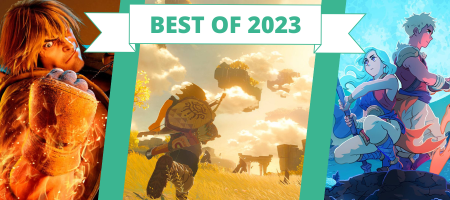
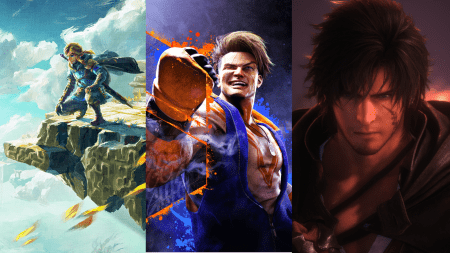
1 Comment
“I understand why Luke is the first Master in World Tour mode, because he’s a pretty standard fighter with easy moves to understand, but why the hell is he on the cover by himself? Of all the incredible fighters available, Capcom picked the blandest white dude who’s not even a new character?”
Luke’s inclusion in SF5, which took place after the final season of content had delivered its fighters, was explicitly announced as a teaser for SF6 and implicitly a mea culpa for delays that had shifted that game from the PS5 launch window it was supposed to occupy. He was advertised as the main character of 6 when he debuted in 5, so its not a shock to see him on the cover. The community is somewhat torn on the cover itself given how many great painted covers for SF games there have been but I personally like it: it feels more like a WWE or Sports game cover that would be anchored by a single athlete.
As for *why* Luke has been made the new main character in the first place, it’s actually really simple: Capcom’s biggest market is America and they’re looking to get newbies hooked with this game. They put a young handsome white dude on the cover because they’re looking for the broadest possible mass appeal within the demographics of their audience. This isn’t the first time they’ve done this– 1997’s STREET FIGHTER 3: NEW GENERATION featured a young blonde American wrestler named Alex front and center because that’s the market they were trying to appeal to.